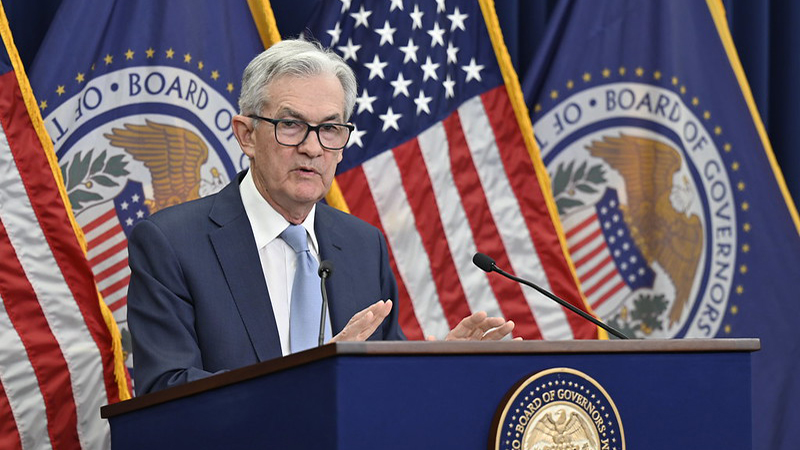The Federal Reserve (Fed) opted for a 50 basis point interest rate cut on 18 September, marking the first lowering in four years.
Leading up to the decision, markets oscillated between expecting a 25 point and 50 point cut, as the Fed balanced its inflation goals with unemployment numbers. Following a set of weak unemployment data at the start of August, markets wavered and pressure for a more significant interest rate cut intensified.
September’s inflation data showed the US CPI increasing by 2.5% on a yearly basis. Meanwhile, the most recent US jobs data, released earlier in September, showed 142,000 non-farm payroll additions, up from the more nerve-wracking 114,000 reported in August.
See also: US inflation tempers at 2.5% ahead of interest rate decision
Ronald Temple, chief market strategist at Lazard, said: “The Fed took out an insurance policy against further labour market weakening. Chair Powell emphasised that there are no signs of an imminent downturn in what he described as a “strong economy”, and the relatively moderate future easing implied by the Summary of Economic Projections confirmed the absence of concerns about economic deceleration. However, the Fed recognises that it has two mandates – price stability and maximum employment – and acted to balance the two objectives given nascent signs of a weakening labour market.”
The Federal Reserve’s projections include the “dot plot”, marking the predictions of the future of interest rates by each member of the Monetary Policy Committee. While June’s dot plot predicted just one 25-basis point cut for the rest of 2024, September’s shows an additional 50 basis points to be cut throughout 2024, and another percentage point in 2025.
Bryn Jones, head of fixed income at Rathbones, said: “This was a very exciting meeting for bond geeks as well as other asset investors. We went into this with a lot priced in ahead of this Fed meeting. The differential between the 2-year and the Fed funds rate was at the widest I’ve seen in my working career, so the Fed buckled to the bond market’s intimidating whims. We also went into this meeting with the most uncertainty about a rate decision in about 15 years.
“Generally, whenever rates go up, recessions do eventually occur, but the timing of those recessions can be anywhere between one year and several years, after the first hike. It seems to be that the Fed is worried about the probability of this happening now – or is this a pre-emptive strike to keep the economy close to full employment?”
He added: “They started cuts in 2001 and 2007 with 50bps and what is so interesting about that is that recessions came within three to four months. Despite this, there has been a rally in risk. Should we now be worried about the same? Only data will tell.”
Hetal Mehta, head of economic research at St. James’s Place, said that while the Fed claims that risks are balanced, the decision “will be seen as dovish”.
“The aggressive rate cuts markets are pricing – over 200bps in less than a year – seem unwarranted to us,” Mehta said.
“Something that risks getting lost in the 50bps excitement is that the longer run rate has been nudged up once again. A re-balancing of the labour market, especially with increased labour market supply, does not signal imminent recession. That said, inflation is in a comfortable enough range to allow some cuts and a policy normalisation towards neutral rates should be enough to foster the much-coveted soft-landing.”
The Federal Reserve’s decision will be followed by the Bank of England today, 19 September, who made its first cut of the year earlier this summer. Markets anticipate a hold in rates for September.









